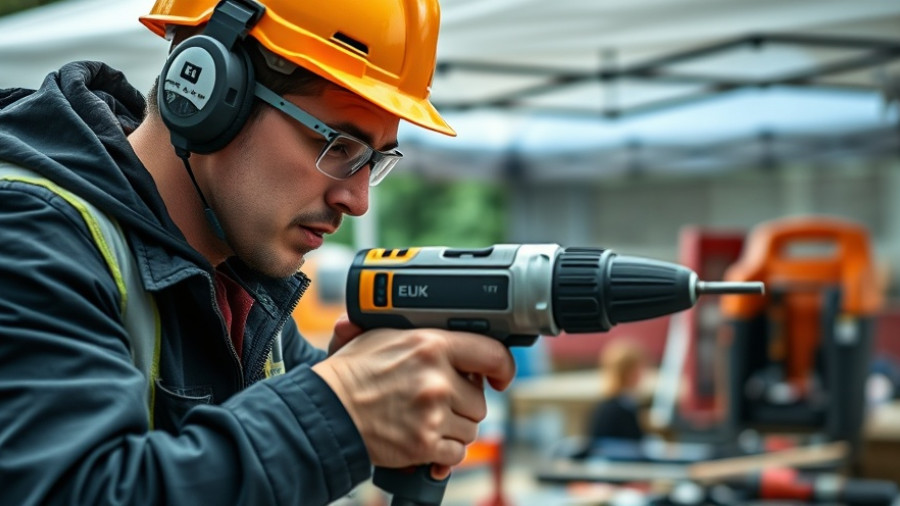
RAFTRx Expands Footprint in the Midwest Roofing Market
In a significant move within the roofing industry, RAFTRx has announced its acquisition of Apex, a strategic decision aimed at enhancing its presence in the competitive Midwest market. This acquisition not only extends RAFTRx's reach but also showcases its commitment to aligning with companies that share a dedication to high-quality standards and sustainable practices.
Why This Acquisition Matters
The acquisition of Apex represents more than a simple business transaction; it reflects a broader trend within the construction industry focusing on consolidation as firms strive for greater efficiencies and market share. With the nearly $25 billion roofing sector facing challenges such as labor shortages and escalating material costs, companies like RAFTRx are turning to acquisitions to strengthen their operational capabilities and expand their customer base.
The Strategic Benefits of Expanding into New Markets
Business leaders in the construction and roofing sectors are acutely aware of the dynamics at play in regional markets. For property developers and facility managers, a company like RAFTRx that embraces sustainable building practices is essential. In addition to an expanded service range, clients can expect improvements in operational efficiency and customer service from the newly merged entities. This synergy is crucial as it allows for a more robust offering that can cater to diverse property needs while maintaining a focus on eco-friendly solutions.
Market Trends and the Future of Roofing
The roofing industry is currently undergoing evolution driven by several factors, including regulatory changes targeting environmental sustainability and rising customer demand for green building practices. With the fusion of RAFTRx and Apex, clients can anticipate innovative roofing solutions that prioritize sustainability without compromising on the quality or cost-effectiveness. According to recent industry reports, sustainable roofing options are increasing in demand as businesses become more health-conscious and socially responsible in their choices.
Community Engagement as a Selling Point
Beyond financial metrics and service offerings, community identity plays a pivotal role in the success of construction and roofing firms. A company's ability to connect with local businesses and residents reflects its commitment to community development. By leveraging this acquisition, RAFTRx is well-positioned to engage with local entities in the Midwest, fostering relationships that extend beyond transactions into collaborative efforts for building healthier environments.
Conclusion: What Does This Mean for You?
For business owners, property developers, and facility managers, the acquisition of Apex by RAFTRx is a critical development worth watching closely. As the roofing industry evolves, strategic acquisitions and a focus on sustainability will likely determine the success of future projects. Clients can confidently seek out partners that not only commit to quality but also advocate for responsible construction practices.
As you look to your own projects, consider how enhancements in your partners' capabilities can affect your goals and contribute to a more sustainable and resilient community. Stay informed and ready to adapt as the roofing industry continues to innovate.
 Add Row
Add Row  Add
Add 




Write A Comment